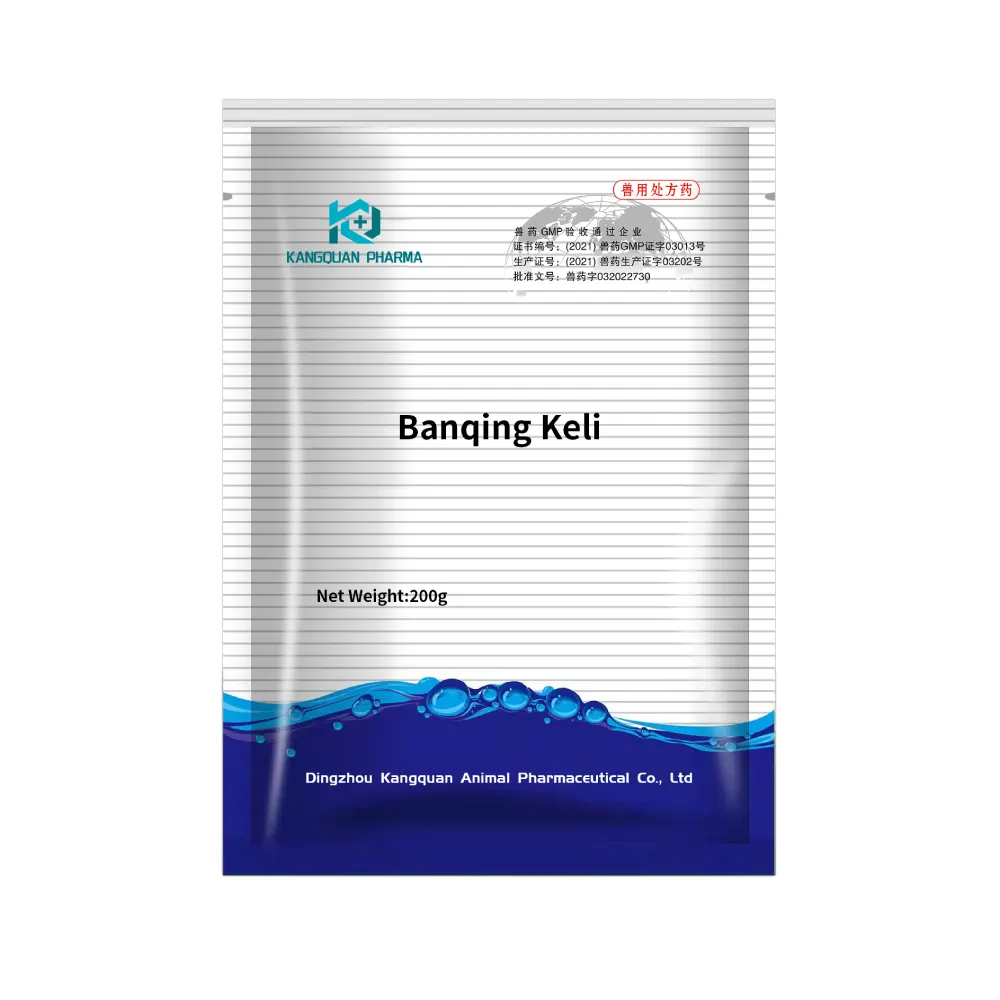- Afrikaans
- Albanian
- Amharic
- Arabic
- Armenian
- Azerbaijani
- Basque
- Belarusian
- Bengali
- Bosnian
- Bulgarian
- Catalan
- Cebuano
- Corsican
- Croatian
- Czech
- Danish
- Dutch
- English
- Esperanto
- Estonian
- Finnish
- French
- Frisian
- Galician
- Georgian
- German
- Greek
- Gujarati
- Haitian Creole
- hausa
- hawaiian
- Hebrew
- Hindi
- Miao
- Hungarian
- Icelandic
- igbo
- Indonesian
- irish
- Italian
- Japanese
- Javanese
- Kannada
- kazakh
- Khmer
- Rwandese
- Korean
- Kurdish
- Kyrgyz
- Lao
- Latin
- Latvian
- Lithuanian
- Luxembourgish
- Macedonian
- Malgashi
- Malay
- Malayalam
- Maltese
- Maori
- Marathi
- Mongolian
- Myanmar
- Nepali
- Norwegian
- Norwegian
- Occitan
- Pashto
- Persian
- Polish
- Portuguese
- Punjabi
- Romanian
- Russian
- Samoan
- Scottish Gaelic
- Serbian
- Sesotho
- Shona
- Sindhi
- Sinhala
- Slovak
- Slovenian
- Somali
- Spanish
- Sundanese
- Swahili
- Swedish
- Tagalog
- Tajik
- Tamil
- Tatar
- Telugu
- Thai
- Turkish
- Turkmen
- Ukrainian
- Urdu
- Uighur
- Uzbek
- Vietnamese
- Welsh
- Bantu
- Yiddish
- Yoruba
- Zulu
10 月 . 01, 2024 11:19 Back to list
Optimal Dosage of Oxytetracycline for Cattle Health and Treatment Efficacy
Understanding Oxytetracycline Dosing in Cattle
Oxytetracycline is a broad-spectrum antibiotic that belongs to the tetracycline class. It is widely used in veterinary medicine, particularly in cattle, due to its effectiveness against various bacterial infections. This article explores the appropriate dosing of oxytetracycline in cattle, its indications, potential side effects, and considerations for its use.
Indications for Use
Oxytetracycline is primarily used for the treatment of respiratory diseases, metabolic disorders, and certain infections in cattle. Conditions like shipping fever, pneumonia, and foot rot are commonly treated with this antibiotic. By inhibiting bacterial protein synthesis, oxytetracycline helps control infections caused by susceptible organisms, promoting faster recovery and reducing the risk of complications.
Dosage Guidelines
The dosing of oxytetracycline in cattle varies based on several factors, including the age, weight, and health status of the animal, as well as the severity of the infection. Typically, the recommended dose ranges from 5 to 10 mg per kilogram of body weight. For example, a 500 kg cow may receive between 2500 to 5000 mg of oxytetracycline. The drug can be administered via intramuscular injection, which is the most common route, or intravenously for more severe cases.
It is crucial to follow veterinary guidance when determining the appropriate dosage. Overdosing can lead to adverse effects, while underdosing may result in treatment failure and the potential for antibiotic resistance.
Administration and Duration of Treatment
Oxytetracycline is often given as a single dose or may be administered multiple times, depending on the severity of the infection and the animal's response to treatment. Treatment duration typically ranges from 3 to 5 days but may be extended in certain cases if there is no improvement observed. Continuous monitoring of the animal's condition is essential to ensure that the antibiotic is effective.
oxytetracycline dose in cattle

Potential Side Effects
While oxytetracycline is generally safe for use in cattle, it is not without potential side effects. Common reactions may include injection site swelling or irritation. In some cases, gastrointestinal disturbances, such as diarrhea or loss of appetite, may occur. More serious adverse effects, although rare, can include hypersensitivity reactions or effects on liver and kidney function.
To minimize the risk of side effects, it is essential to follow the prescribed dosage and treatment regimen. Additionally, cattle with known allergies or pre-existing health issues should be closely monitored during treatment.
Considerations for Use
When using oxytetracycline, there are several important considerations to keep in mind. First, it is essential to adhere to withdrawal times before slaughter or milk production to avoid antibiotic residues in food products. This is particularly relevant in the context of food safety and public health.
Furthermore, veterinarians must consider the potential for antibiotic resistance. The indiscriminate use of antibiotics can lead to resistant strains of bacteria, which can pose a significant challenge in both veterinary and human medicine. As such, oxytetracycline should be used judiciously and only when indicated.
Conclusion
Oxytetracycline is a valuable tool in the management of bacterial infections in cattle, with a relatively simple dosing regimen. By understanding the appropriate dosage, administration, and potential side effects, cattle producers can effectively utilize this antibiotic to promote animal health and welfare. Close veterinary supervision and adherence to guidelines are essential in maximizing the benefits of oxytetracycline while minimizing risks, including resistance and adverse effects. With responsible use, oxytetracycline can continue to play an important role in the treatment of cattle diseases.
-
The Power of Radix Isatidis Extract for Your Health and Wellness
NewsOct.29,2024
-
Neomycin Sulfate Soluble Powder: A Versatile Solution for Pet Health
NewsOct.29,2024
-
Lincomycin Hydrochloride Soluble Powder – The Essential Solution
NewsOct.29,2024
-
Garamycin Gentamicin Sulfate for Effective Infection Control
NewsOct.29,2024
-
Doxycycline Hyclate Soluble Powder: Your Antibiotic Needs
NewsOct.29,2024
-
Tilmicosin Premix: The Ultimate Solution for Poultry Health
NewsOct.29,2024













